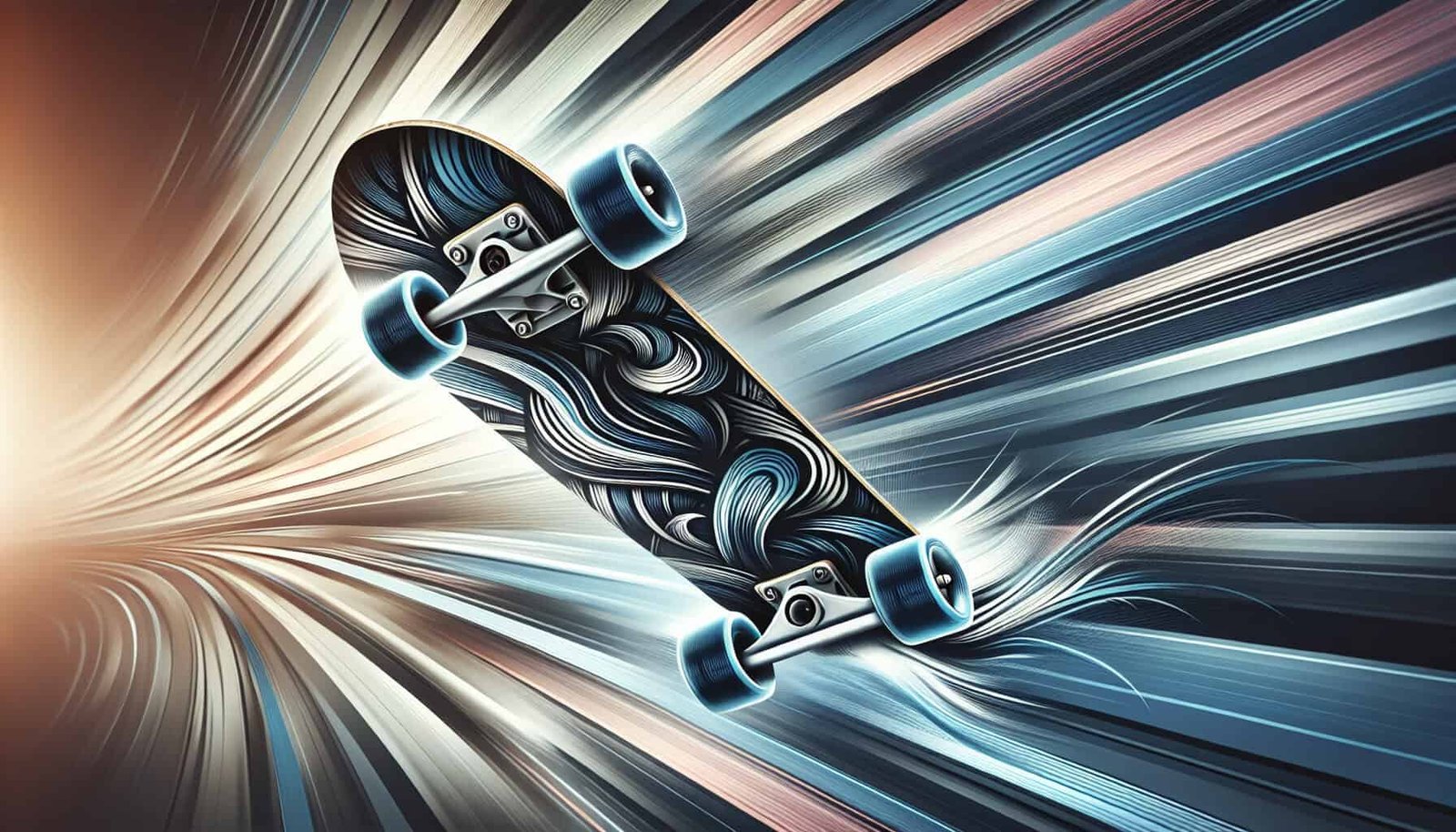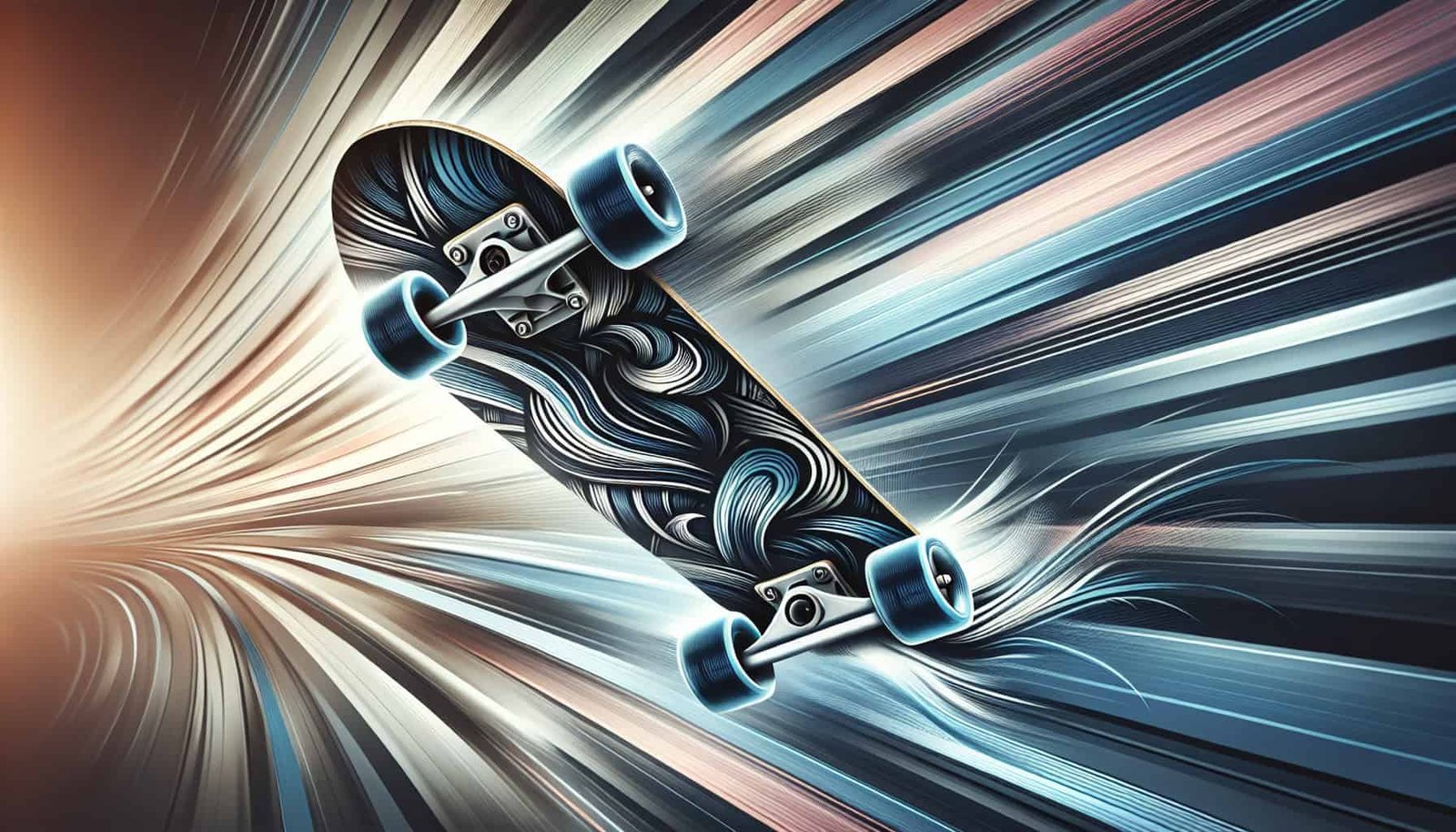In this article, we’ll explore the thrilling world of skateboarding and the art of enhancing flow and fluidity in your runs. Whether you’re a seasoned skater or just starting out, we invite you to share your valuable insights on how to achieve that seamless and effortless glide on your board. Together, let’s uncover the secrets to mastering the perfect skateboard flow and unlock the potential for an exhilarating ride every time. Are you ready to take your skateboarding skills to the next level? Let’s dive in and discover the key to unlocking a whole new level of skateboarding mastery.
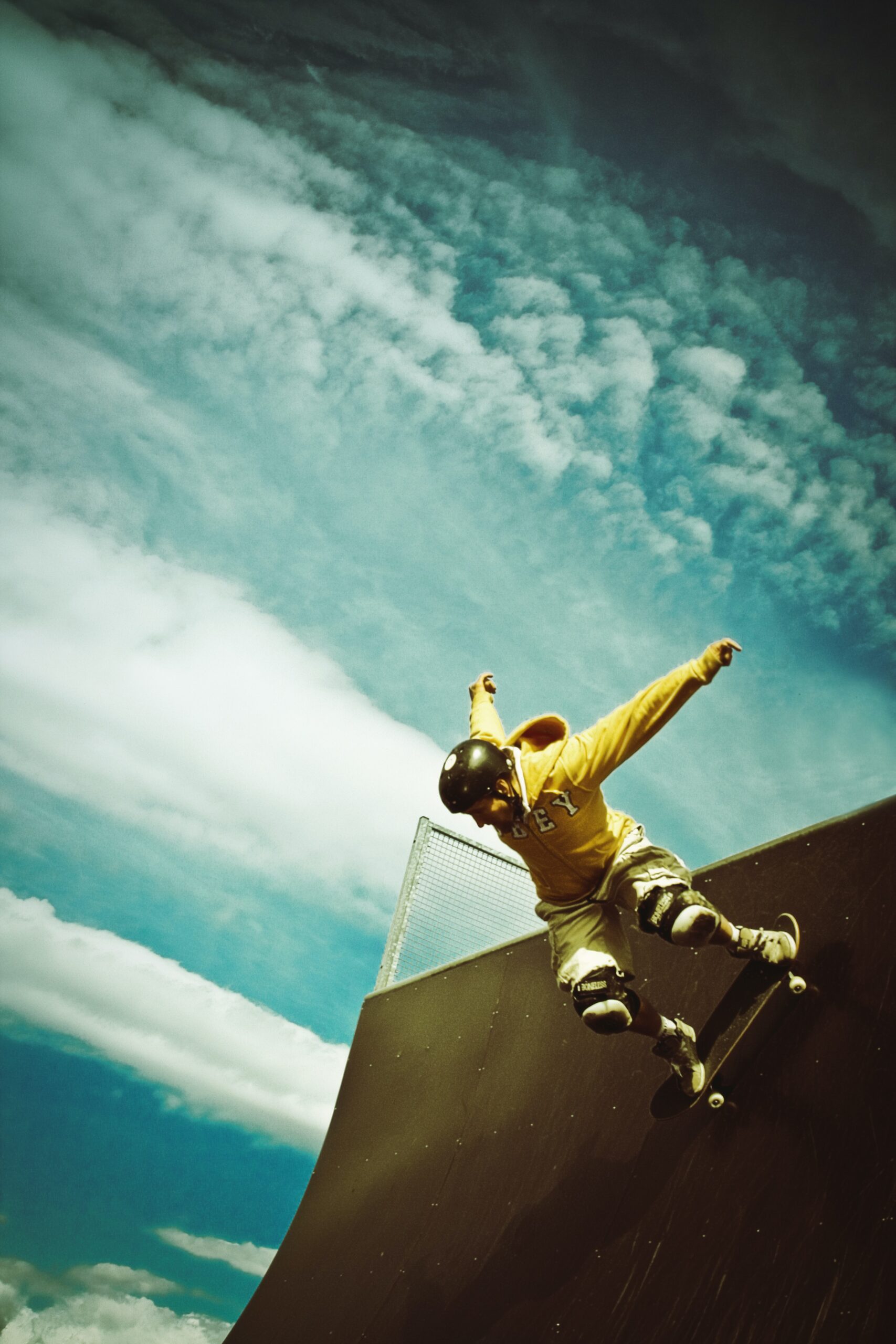
Mastering the Basics
Skateboarding is a thrilling and exhilarating sport that requires not only skill but also a solid foundation of the basics. Developing board control is the first step towards becoming a proficient skateboarder. This involves getting comfortable with standing on the board, finding your balance, and learning how to maneuver it smoothly. Improving your balance is another key aspect of mastering the basics. By honing your balancing skills, you’ll be able to maintain control of the board even in challenging situations. Once you have a good grasp of board control and balance, it’s time to dive into learning fundamental tricks. These tricks form the building blocks for more advanced maneuvers and are essential in enhancing your skateboarding flow and fluidity.
Proper Foot Placement
One of the fundamental aspects of skateboarding is understanding the importance of proper foot placement. Optimal stance width is crucial for maintaining stability and control on the board. A wider stance provides more stability, especially for trick execution, while a narrower stance allows for quicker turns and maneuvers. Both front and back foot positioning significantly impact your ability to control the board. The front foot should be positioned slightly angled towards the board’s nose, while the back foot should be positioned parallel or slightly angled towards the tail. Finding the right balance and experimenting with different foot positions will help you find a stance that feels comfortable and suits your skateboarding style.
Utilizing Body Movement
Skateboarding is not just about standing on a board; it involves utilizing your entire body to control and manipulate the skateboard. Understanding weight distribution is crucial for maintaining control and stability. By shifting your weight, you can control the direction and speed of your movements. When transferring weight to the front foot, the board’s nose will lift, while shifting weight to the back foot will cause the tail to rise. Creating momentum with your arms is another technique that skateboarders employ to generate speed and fluidity in their runs. Swinging your arms in coordination with your body movements can provide added momentum and help you maintain balance during tricks. Incorporating body twists can also enhance your skateboarding flow. By twisting your upper body in the desired direction, you can initiate and control spins, grinds, and other rotational tricks with ease.
Pumping Techniques
Pumping is a vital technique for generating speed and maintaining momentum on a skateboard. Mastering pumping on transitions is essential for fluidity while riding on ramps and bowls. The key to effective pumping is to use your body to generate power and energy by compressing and extending your legs while riding up and down the transitions. This motion creates a pumping effect that propels you forward with increased speed and flow. Generating speed through turns is also crucial for maintaining fluidity on the skateboard. By flexing your knees and angling your body in the desired direction, you can carve through turns with precision and grace, maintaining a consistent flow throughout your run.

Transition and Park Riding Skills
Skateboarding in transition and park settings requires specific skills and techniques to enhance flow and fluidity. Carving on ramps is a technique commonly used to maintain speed and generate fluid movements. By utilizing the smooth curves of the ramp, you can perform seamless transitions from one side to the other, allowing for continuous flow and momentum. Transferring energy on banks is another key skill to master. Banks provide opportunities to redirect your momentum and generate speed by using the angled surface to your advantage. Understanding how to transfer energy efficiently can lead to smoother and more dynamic runs. Air support on vert ramps, such as half-pipes, is a crucial skill for achieving height and maintaining a consistent flow. By using your body and arm movements to generate lift, you can execute aerial tricks and maintain the desired flow throughout your run.
Line Selection and Consistency
In skateboarding, line selection refers to the path you choose on a skatepark or street course. Identifying flow zones is critical for maintaining a consistent and smooth flow throughout your run. Flow zones are areas in the skatepark or street course that allow for seamless transitions and continuous movement. By identifying and utilizing these flow zones, you can create a line that maximizes your flow and fluidity. Sequencing tricks and transitions is another aspect of line selection. By strategically planning the order of your tricks, you can create a fluid and cohesive run. Smooth transitions between tricks are key to maintaining flow and rhythm. Ensuring that each trick seamlessly flows into the next will enhance your overall performance and make your run more visually appealing.
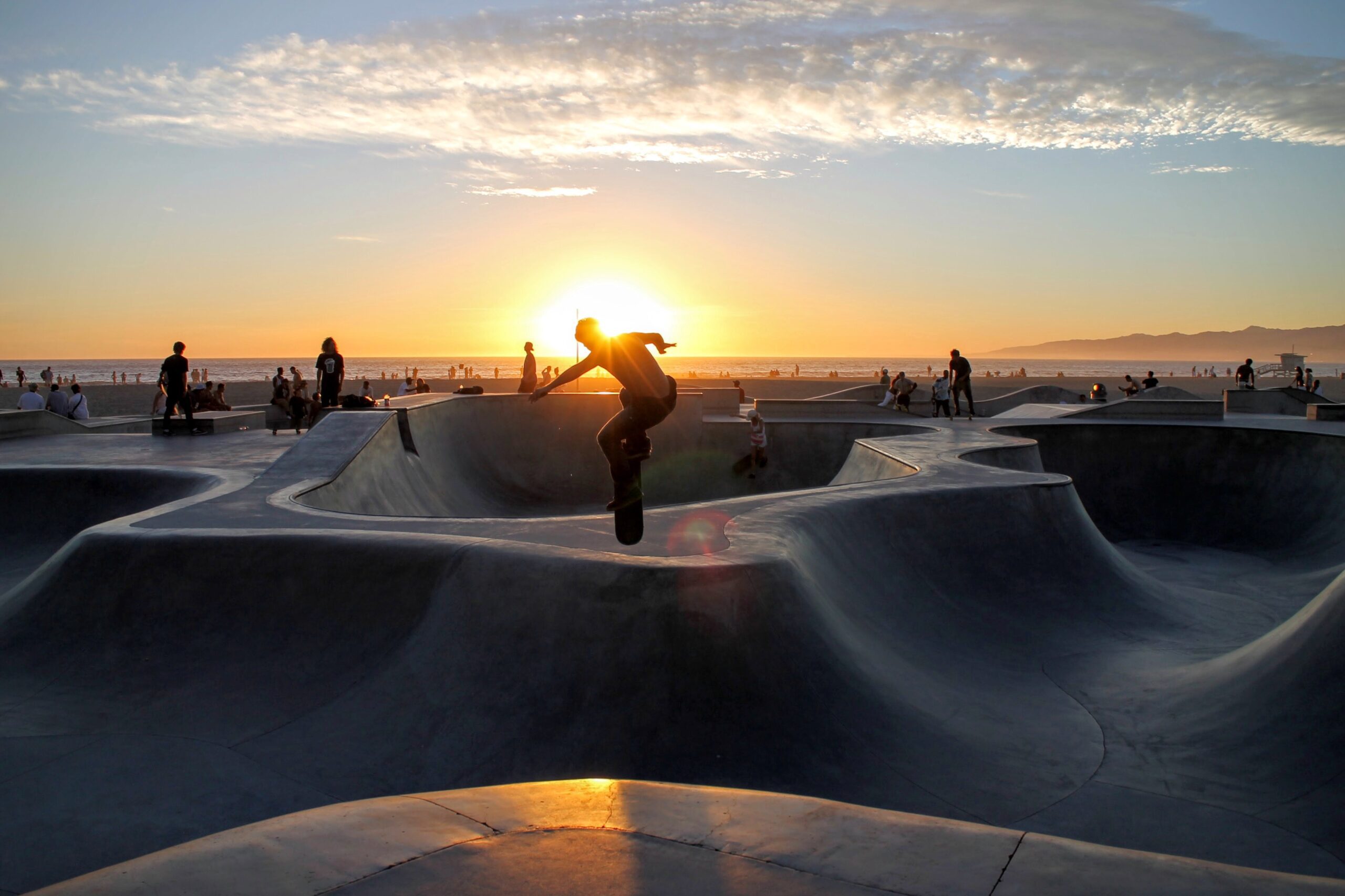
Understanding Rhythm
Rhythm is a fundamental element in skateboarding that can greatly impact your flow and fluidity. Adjusting speed and timing is crucial for syncing with obstacles and features. Different tricks and maneuvers require different speeds, so understanding how to adjust your speed accordingly is essential. Timing is also critical for executing tricks smoothly and in sync with the features you’re riding. By practicing timing and syncing your movements with the obstacles, you’ll achieve a more fluid and harmonious flow. As you become more skilled, you’ll develop a natural sense of rhythm that will enhance your skateboarding runs and make them more visually appealing.
Visualization and Mental Preparation
Skateboarding not only requires physical skill but also mental focus and preparation. Imagining fluid lines is an effective technique to enhance your skateboarding flow and fluidity. By visualizing the tricks, transitions, and movements before executing them, you can create a mental blueprint for a smooth and cohesive run. Mental focus and concentration play a crucial role in executing tricks with precision and maintaining flow. Distractions can disrupt your rhythm and flow, so it’s essential to stay focused on your goals and remain present in the moment. Managing fear and adrenaline is also important in skateboarding. Fear can hinder your performance and disrupt your flow, so learning to manage and overcome fear will allow you to skate more confidently and fluidly.
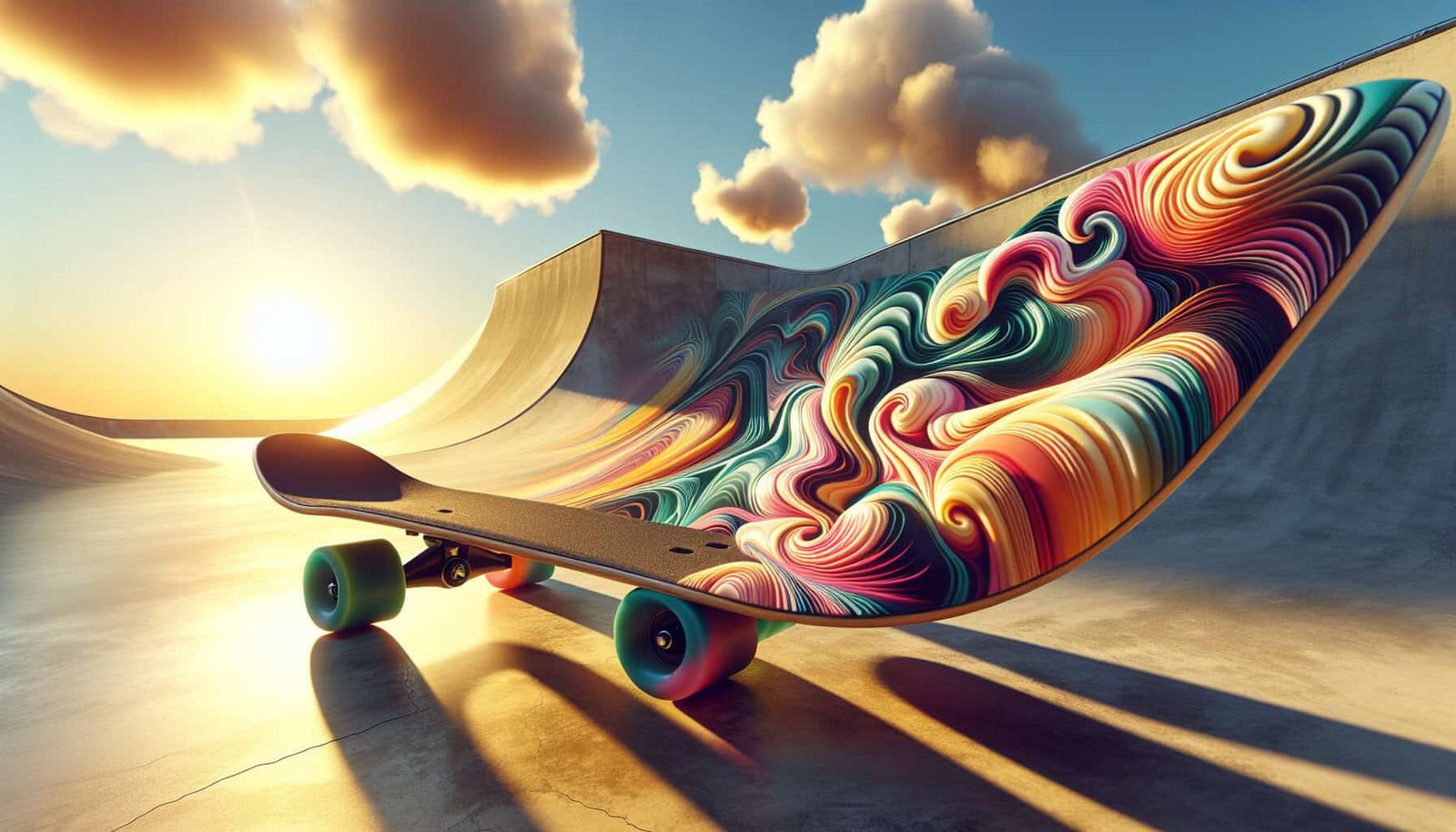
Enhancing Skateboard Setup
The right skateboard setup can significantly impact your flow and fluidity. Choosing the right deck is crucial for finding the balance between stability and maneuverability. The width and concave of the deck should be suitable for your riding style and preferences. Optimizing truck and wheel selection is also important. The trucks should provide the right amount of stability and responsiveness for your skating style, while the wheels should offer a balance between grip and slide. Experimenting with different setups and finding the combination that works best for you will enhance your overall skateboarding flow and fluidity.
Regular Practice and Feedback
Consistent training is vital for improving your skateboarding flow and fluidity. Having a regular practice schedule allows you to build muscle memory and improve your skills over time. By dedicating time each week to practice, you’ll see significant progress in your ability to flow and move smoothly on the skateboard. Seeking feedback from peers and coaches is also crucial for continuous improvement. Their insights and observations can help you identify areas for improvement and provide guidance on enhancing your skateboarding flow and fluidity. Welcoming constructive criticism and incorporating feedback into your practice sessions will accelerate your progress and help you master the art of flowing on a skateboard.
In conclusion, enhancing skateboard flow and fluidity in your runs requires mastering the basics, proper foot placement, utilizing body movement, pumping techniques, transition and park riding skills, line selection and consistency, understanding rhythm, visualization and mental preparation, enhancing skateboard setup, as well as regular practice and feedback. By focusing on each of these areas and consistently honing your skills, you’ll be able to move with grace and fluidity on your skateboard, creating visually impressive runs that showcase your skill and artistic expression. So, grab your board, hit the skatepark, and start enhancing your skateboarding flow and fluidity today!
